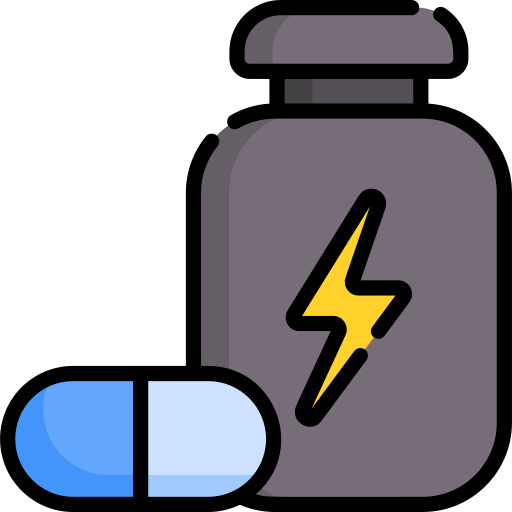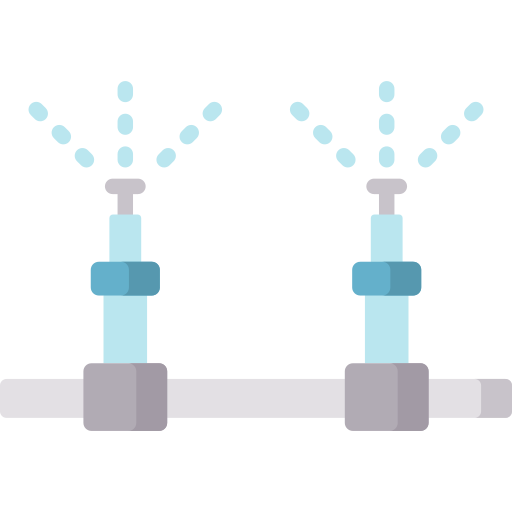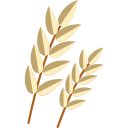Principles of experimental designs
ANU BDSI
workshop Design and Analysis of Experiments
Biological Data Science Institute
20th September 2024
Current learning objective
- -Comprehend the differences between experimental and observational data
- -Demonstrate proficiency in designing experiments, including defining research questions, selecting appropriate treatments or factors, and identifying potential sources of variation
- Understand the principles of experimental design, including randomization, control, replication, and blocking
- -Understand the fundamental concepts of causal inference for experimental data
- -Formulate a statistical analysis plan for the given experimental design
Designing experiments
- Designing a comparative experiment in the biological sciences is to identify a data-collection scheme that:
- achieve sensitivity and specificity requirements
- despite biological and technical variability,
- while keeping time and resource costs low.
Comparative experiments
Aim: test if a new supplement  increases milk yield from Holstein Friesian cows.
increases milk yield from Holstein Friesian cows.







- Is the new supplement effective?
- Most experiments are comparative in nature.
- Historical data suggests that Holstein Friesian cows have an average milk yield of




- Is the new supplement better?
- Are historical data comparable to new experimental data?
Controls
- Historical controls are results of similar studies from historical or past records.
- Problem with comparing the treatment group and historical control group is that the groups may differ in important ways besides the treatment.
- The control group should be in the same experiment as treatment group where ideally the difference between the two groups is only the treatment.
- A control does not mean necessarily “do nothing” treatment, but can be the current standard practice or a placebo.
Blinded experiment
- A placebo is a treatment designed to have no therapeutic value, but to ensure that the subjects are blind to which treatment they received.
- In some experiments, it is important to to ensure the researchers and/or technicians are also blind to the treatment (referred to as double-blind studies).
- In a blinded experiment, certain information are withheld to reduce biases.
- Blinding is more common in experiments that involve humans (e.g. clinical trials).
Unreplicated experiments
Aim: test if a new supplement  increases milk yield from Holstein Friesian cows compared to the control supplement
increases milk yield from Holstein Friesian cows compared to the control supplement  .
.











Statistical anatomy of the experiment:
- Experimental units: 2 cows
- Observational units: 2 cows
- Response: milk yield
- Treatments: new vs control supplements
- Allotment: supplements cows
Conclusion:
 produces more
produces more  than
than  therefore
therefore  is an effective supplement for a higher milk yield for Holstein Friesian cows.
is an effective supplement for a higher milk yield for Holstein Friesian cows.How confident will you be of this conclusion?
Natural variation of units
Aim: test if a new supplement  increases milk yield from Holstein Friesian cows compared to the control supplement
increases milk yield from Holstein Friesian cows compared to the control supplement  .
.











- Ensure uniform material are used for experimental units as much as you can, but
- no individual experimental units are the same (with some exceptions).
- There will be a natural variation of the experimental units.
Treatment replications
































- Treatment replications increases precision and quantify uncertainty.
- Ideally we want higher replications but resources limit this.
Confounded factors





































- Units: 2 pens with 3 cows each
- Are the treatment means comparable?
- In this case, the pen is completely confounded (or aliased) with the supplement.
- We do not get any valid inference about the treatment effects!
- How would you distribute the treatments?
Complete block designs













































- Every treatment appears once in each pen (referred to as complete block designs)
- Each treatment appears in every pen so you can be more confident that the treatment means are not due to the conditions of particular pens
- Comparing like-with-like increases precision.
- Cows in the same pen share a more similar environment than cows in another pen.
- Different treatments to alike experimental units gives more precision in treatment comparison.
Pseudo-replication
Aim: To compare the effectiveness of three supplements on milk yield from cows.


































Allotment: supplements pens
Experimental units: pens (not cows!), Observational units: cows
There is an average of 1.5 replication (not three!)
We refer analysis that treat repetition as replication as pseudo-replication.
Replication, Repetition, and Duplication
- In an experimental context, treatment
- replication refers to the (average) number of independent allocation of each treatment to experimental units,
- repetition refers to observational units allocated with the same treatment, and
- duplication refers to repeated measurement of the same unit.
- Replication increases precision of estimated treatment effects.
- Repetition helps to measure the variation of the observational units.
- Duplication helps to measure the technical variation of the measuing instrument.
Systematic designs












- The supplement treatment is given in a systematic order.
- What could go wrong with this?
- The order of the experimental units may be confounded with some extraneous factor
- Like say, the order of the experimental units was determined by the speed (fast to slow) of the cow to get to the feed
- This means that the more active cows are given
 and least active ones are given
and least active ones are given 
Randomisation












Randomisation protects you against bias and potential unwanted confounding with extraneous factors
Bias comes in many forms: obvious to not-so obvious, known to unknown, and so on.
Randomisation doesn’t mean it’ll completely shield you from all biases.
Randomisation is like buying an insurance (but free!).
You can get a systematic order by chance! This doesn’t mean you should keep on randomising your design until get the layout you want! You should instead consider blocking your units before randomisation.
Block what you can, randomise what you cannot.
How to randomise?
- Preferably use a computer to randomise treatments to units.
- We’ll use the
edibbleR package to demonstrate this.
Factorial treatment structure
Aim: study the effect of fertlizer type A and type B and irrigation on wheat yield




































Statistical anatomy:
- Units:
- Experimental units: 12 plots
- Observational units: 12 plots
- Observation: wheat yield
- Treatments: combination of:
- Water: irrigated or rain-fed
- Fertilizer: type A or type B
- Allotment:
- Water plots
- Fertilizer plots
How many treatment replications do we have?
| Treatment | Replication |
|---|---|
| 4 | |
| 2 | |
| 2 | |
| 4 |
| Treatment factor | Count |
|---|---|
| 6 | |
| 6 | |
| 6 | |
| 6 |
Factorial treatment structure with different allotment




































- Allotment:
- Water and fertilizer plots
| Treatment | Replication |
|---|---|
| 3 | |
| 3 | |
| 3 | |
| 3 |
| Treatment factor | Count |
|---|---|
| 6 | |
| 6 | |
| 6 | |
| 6 |
Split-plot design




































- Units: 6 strips with 2 plots each
- Allotment:
- Water strip
- Fertilizer plot
- This design is a factorial design but there is a nested unit structure with constaint in treatment allocation
| Treatment | Replication |
|---|---|
| 3 | |
| 3 | |
| 3 | |
| 3 |
| Treatment factor | Count |
|---|---|
| 6 | |
| 6 | |
| 6 | |
| 6 |
Allocating treatments
Design anatomy
- Design anatomy shows the breakdown of degrees of freedom across different sources of variation (related to skeleton ANOVA)
Invalid design
- The example below has no degrees of freedom for the residual source of variation
Summary
- Remember the basic design principles: controls, replication, blocking, and randomisaton.
- Use blinding where applicable to reduce experimental bias.
- Randomisation is like buying an insurance (but free!).
- Randomisation helps to protect you from unknown confounding factors.
- Block what you can, randomise what you cannot.
- Watch out for pseudoreplication!
- Randomise using a computer program if possible.
- Produce a design anatomy to see the spread of the degrees of freedom across sources of variation.

anu-bdsi.github.io/workshop-experimental-design/